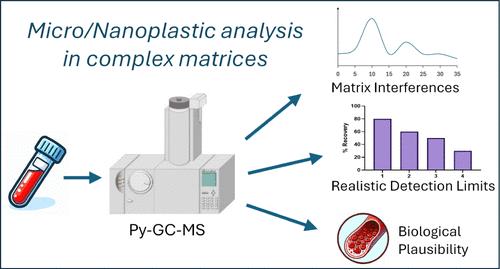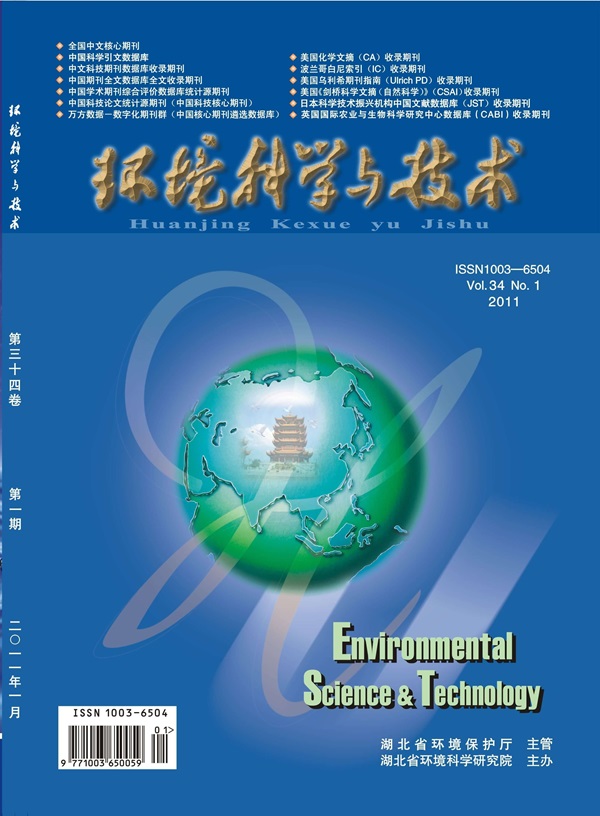Assessing the Efficacy of Pyrolysis–Gas Chromatography–Mass Spectrometry for Nanoplastic and Microplastic Analysis in Human Blood
IF 10.8
1区 环境科学与生态学
Q1 ENGINEERING, ENVIRONMENTAL
引用次数: 0
Abstract
Humans are constantly exposed to micro- and nanosized plastics (MNPs); however, there is still limited understanding of their fate within the body, partially due to limitations with current analytical techniques. The current study assessed the appropriateness of pyrolysis–gas chromatography–mass spectrometry (Py-GC-MS) analysis for the quantification of a range of polymers in human blood. An extraction protocol that reduced matrix interferences (false positives) of polyethylene (PE) and polyvinyl chloride (PVC) was developed and validated. Extraction recoveries ranged 7–109%, although surface-modified polystyrene (carboxylated) increased nanoparticle recoveries from 17 to 52%. Realistic detection limits were calculated for each polymer, accounting for matrix suppression and extraction recovery. These were up to 20 times higher than nominal detection limits calculated with Milli-Q water. Finally, the method was tested with a pilot study of the Australian population. PE interferences were reduced but still present, and no other polymers were above detection limits. It was concluded that Py-GC-MS is currently not a suitable analysis method for PE and PVC in biological matrices due to the presence of interferences and nonspecific pyrolysis products. Furthermore, while it is plausible to detect some polymers in blood, the estimated exposure concentrations needed are approaching the detection limits of the technique.

求助全文
约1分钟内获得全文
求助全文
来源期刊

环境科学与技术
环境科学-工程:环境
CiteScore
17.50
自引率
9.60%
发文量
12359
审稿时长
2.8 months
期刊介绍:
Environmental Science & Technology (ES&T) is a co-sponsored academic and technical magazine by the Hubei Provincial Environmental Protection Bureau and the Hubei Provincial Academy of Environmental Sciences.
Environmental Science & Technology (ES&T) holds the status of Chinese core journals, scientific papers source journals of China, Chinese Science Citation Database source journals, and Chinese Academic Journal Comprehensive Evaluation Database source journals. This publication focuses on the academic field of environmental protection, featuring articles related to environmental protection and technical advancements.
 求助内容:
求助内容: 应助结果提醒方式:
应助结果提醒方式:


